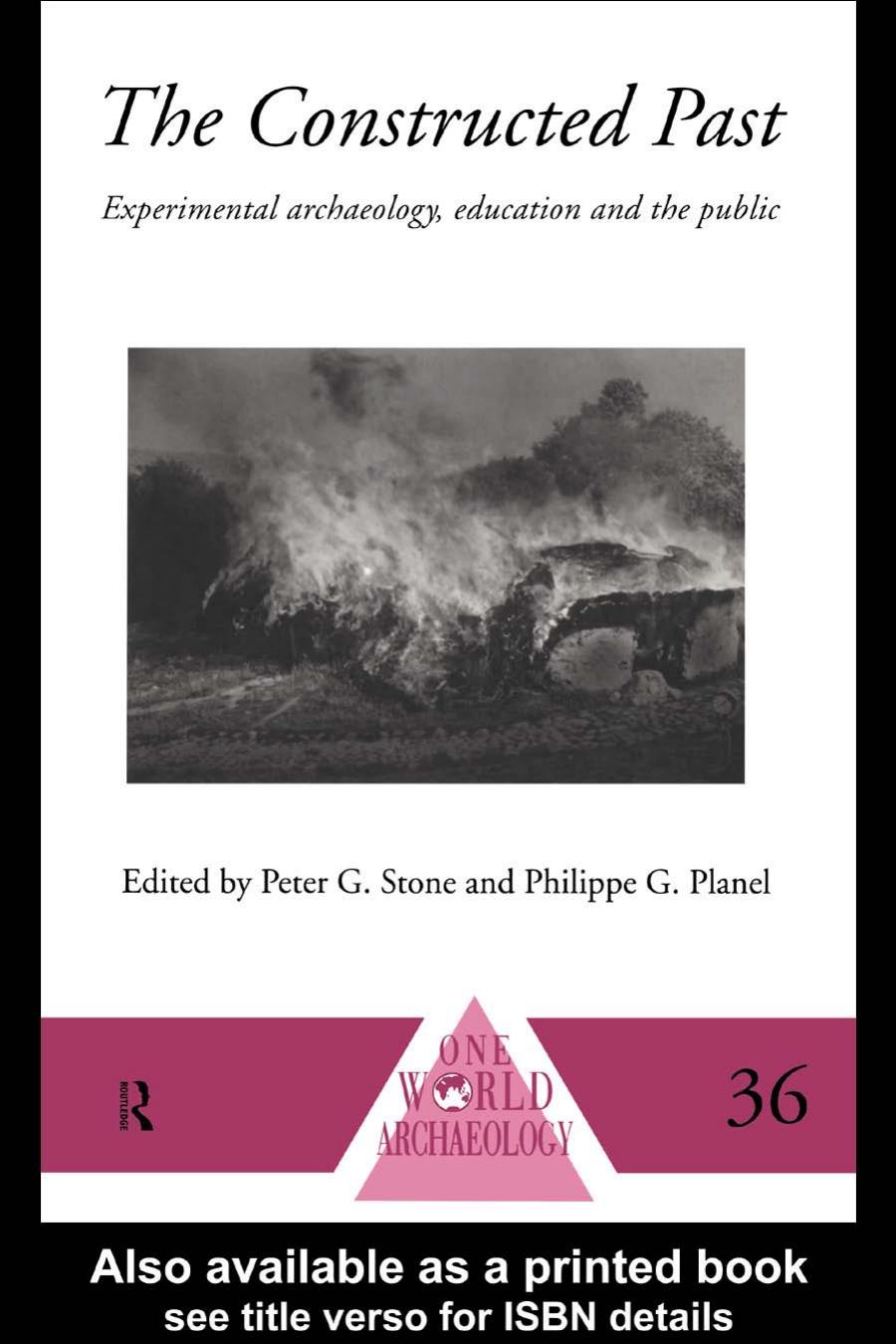

Most ebook files are in PDF format, so you can easily read them using various software such as Foxit Reader or directly on the Google Chrome browser.
Some ebook files are released by publishers in other formats such as .awz, .mobi, .epub, .fb2, etc. You may need to install specific software to read these formats on mobile/PC, such as Calibre.
Please read the tutorial at this link: https://ebookbell.com/faq
We offer FREE conversion to the popular formats you request; however, this may take some time. Therefore, right after payment, please email us, and we will try to provide the service as quickly as possible.
For some exceptional file formats or broken links (if any), please refrain from opening any disputes. Instead, email us first, and we will try to assist within a maximum of 6 hours.
EbookBell Team

0.0
0 reviewsThe Constructed Past presents group of powerful images of the past, termed in the book construction sites. At these sites, full scale, three-dimensional images of the past have been created for a variety of reasons including archaeological experimentation, tourism and education. Using various case studies, the contributors frankly discuss the aims, problems and mistakes experienced with reconstruction. They encourage the need for on-going experimentation and examine the various uses of the sites; political, economical and educational.
The idea for this book was first suggested during a weekend course held in 1992 at the Ancient Technology Centre, Cranborne, UK (see Keen, Chapter 16). The course offered those interested in ancient technology the opportunity to meet and learn from each other during a weekend of mainly practical activity and experimentation. A number of course members were school teachers—there either to develop ideas for their own teaching or for their own interest. It was an extremely successful course and everyone left hoping to return for similar events in the future. However, during general discussion it became clear that a number of participants were concerned about the proliferation of ‘reconstructed’ sites (see Introduction) and their educational and presentational philosophies and values. Much of this concern was rooted in the conscious—and perhaps subconscious— messages that participants felt were being presented by such sites.